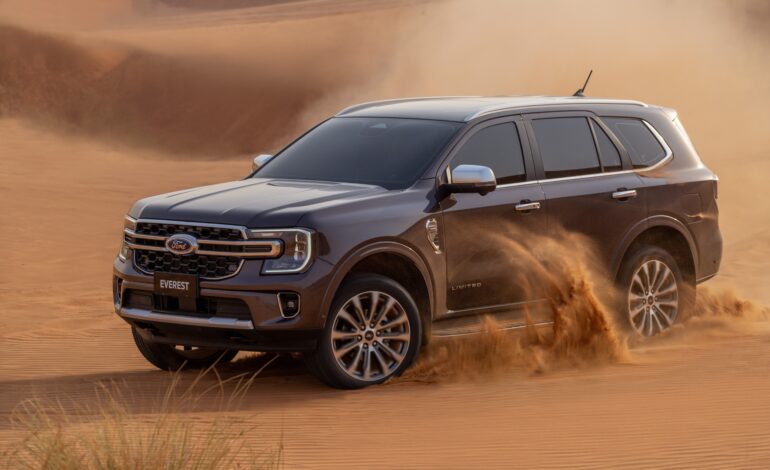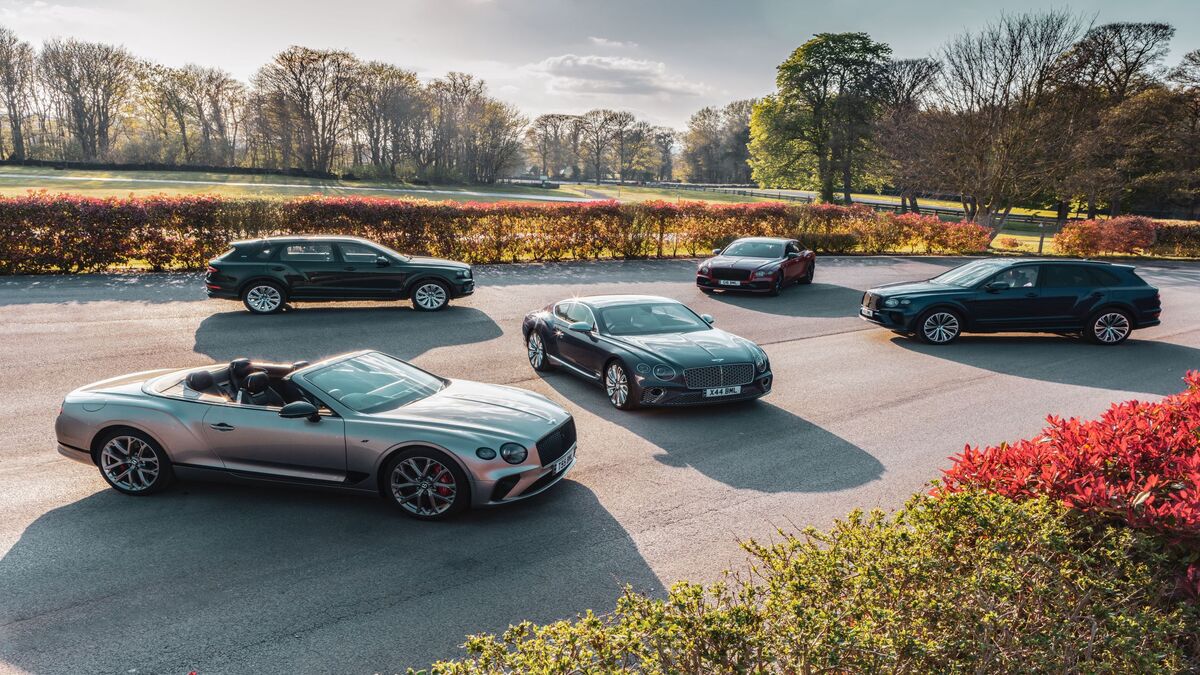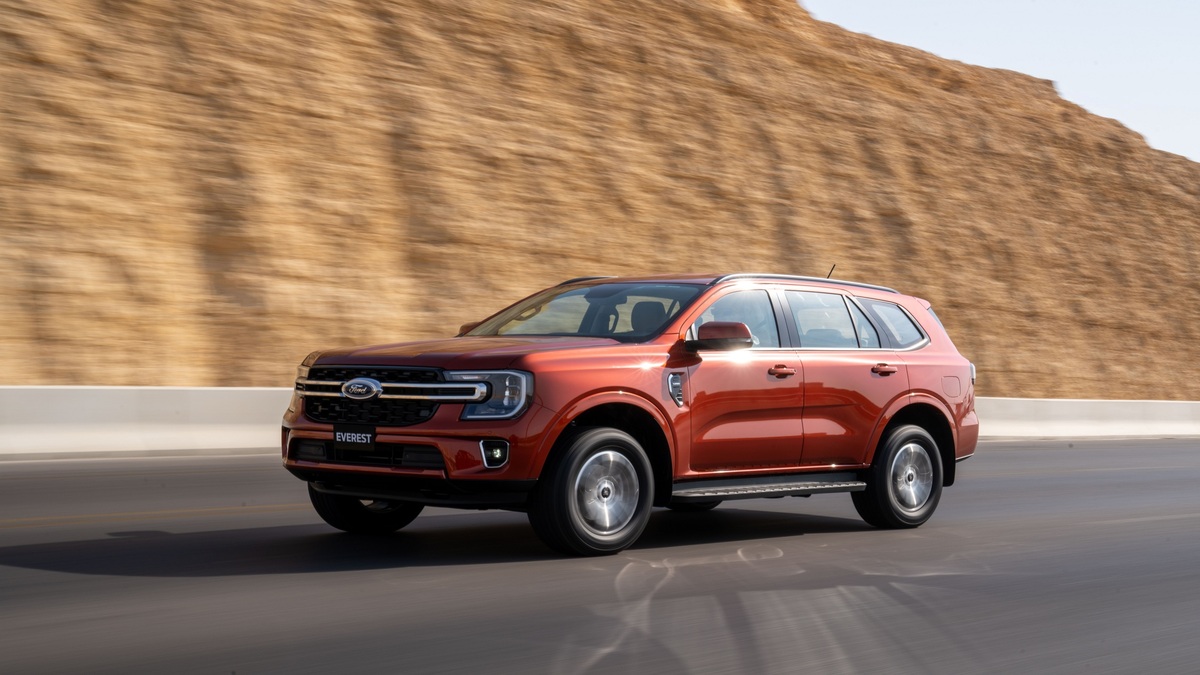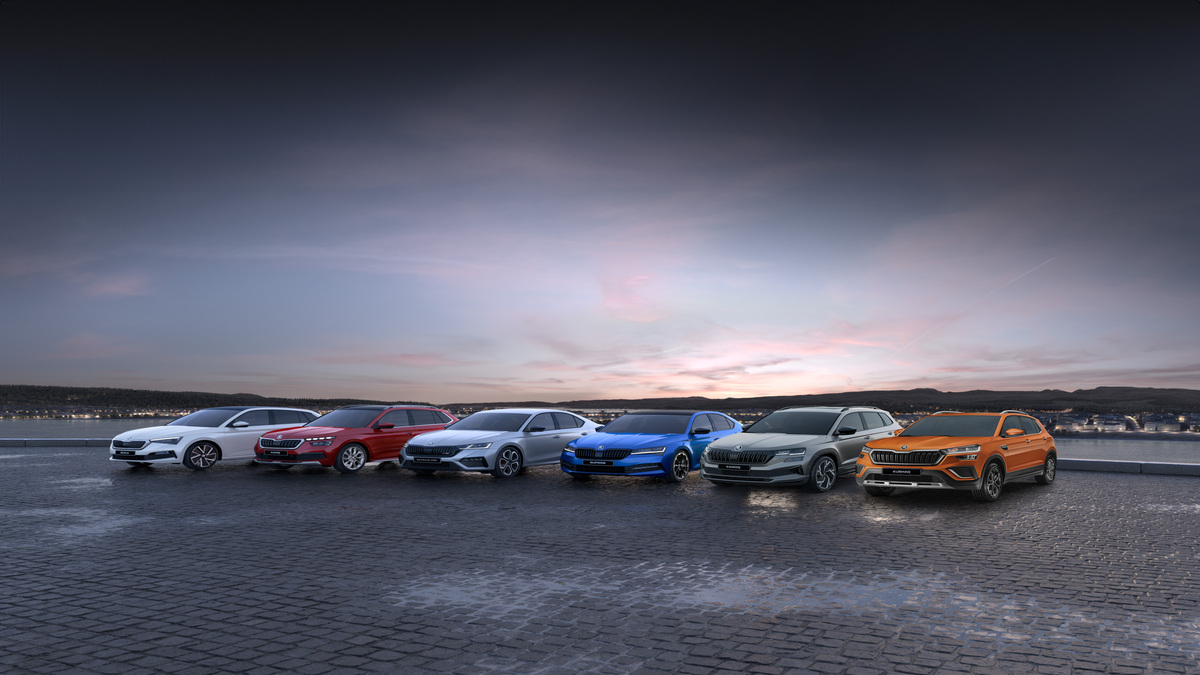The Intelligent Engineering Behind Everest’s Advanced 4WD System

The new Ford Everest is built for action, featuring advanced four-wheel drive technology, refined drive modes, and chassis tuning that simplify off-road adventures. “Our goal with the Everest was to ensure it was capable both on- and off-road, meeting the needs of all four-wheel drive enthusiasts, whether they’re using these vehicles for work, family, or play,” said Rob Hugo, dynamic experiences supervisor for the Ford Everest.
Depending on the variant and market, customers can choose between two four-wheel drive systems: an electronic shift-on-the-fly system or an advanced full-time 4×4 system with a convenient set-and-forget mode designed to provide capability wherever and whenever it’s needed.
Ford’s Advanced 4WD system is an automatic on-demand system with four settings—2H, 4A, 4H, and 4L. When set to 4A (4WD Auto), the system actively monitors traction conditions and adjusts the torque distribution to the front wheels as needed. This mode is the default setting for many of Everest’s Selectable Drive Modes and features unique calibrations for each drive mode.
Tim Postgate, off-road attribute leader at Ford Australia, highlights that the introduction of 4A enhances the Everest owner’s experience on rough terrain, making it easier and safer. “The driver can select four-wheel drive automatic (4A) and confidently navigate highways, country roads, snowy mountains, or sand dunes,” said Postgate.
The Advanced 4WD system utilizes an electromechanical transfer case with a multi-plate clutch pack to distribute power between the front and rear wheels, varying the torque split from 0:100 (front to rear) to 50:50 (front to rear). The system’s default setting targets a 40:60 front-to-rear split but can send more torque to the front wheels under hard acceleration from a standstill to minimize wheel spin. It also adjusts torque if it detects the vehicle sliding or the rear wheels spinning.
For off-road enthusiasts, the Everest’s 4WD system remains locked when the engine is switched off, allowing the handbrake and park pawl system to engage all four wheels. This ensures optimal grip when stopping or parking on a slope. “What we’ve done is introduce a system that flatters the novice and enhances the expert,”







